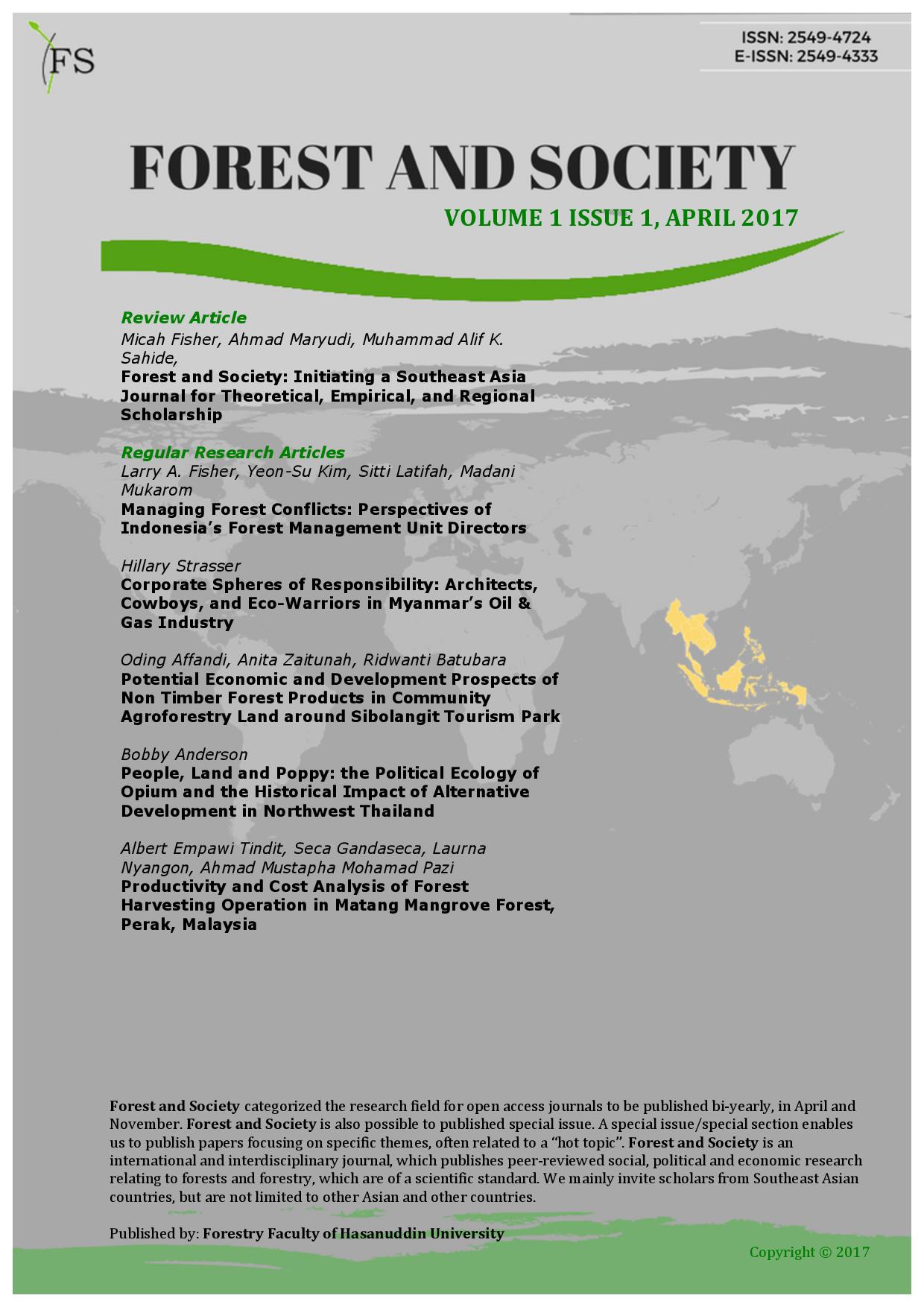Char is any accretion in a river course that extends or establishes new land. A well-planned integrated land-use system combining woody perennials (agroforestry) can ensure sustainable, environmentally friendly climate resilience land-use systems and livelihood options on charland. To date, no systemic investigation of charland land agroforestry has been undertaken. A comprehensive study of the potential of agroforestry systems in charland areas was conducted using qualitative and quantitative methodologies. Two methods were employed: structured questionnaire interviews and botanical surveys. Findings revealed that considerable variation exists in both charland and mainland areas in terms of socio-demographic characteristics. Both tree and agroforestry knowledge of mainland farmers is greater than that of charland farmers. Charland dwellers sell almost all their farm products, while most mainland farmers consume their products. Agroforestry-related communication between extension workers and farmers is limited in both ecosystems. However, farmer interaction with extension workers is far less common in charland areas. Mainland farmers are satisfied with their homestead production systems, whereas cha land farmers face huge problems with the free grazing of cattle and goats. Mainland farmers think quality planting materials and fencing systems are key issues. Leafy short-rotation vegetables and climbing vegetables are more common in charlands. Other common marketable vegetables are tomato, brinjal, carrot, cauliflower, and cabbage. All fruit trees common on charland are more frequently found in the mainland areas. In the case of timber, eucalyptus (Eucalyptus camaldulensis) is more common on charland, whereas mahogany (Swietenia macrophylla) frequency is higher in the mainland. Medicinal trees are uncommon in both ecosystems except for neem (Azadirachta indica). Through proper training and motivation of farmers, there is a vast scope to increase tree and vegetable diversity in charland farms.
DOI:
https://doi.org/10.24259/fs.v8i1.26769
Pontuação Altmetric:
Dimensões Contagem de citações:



















